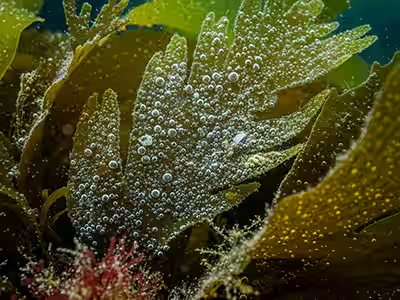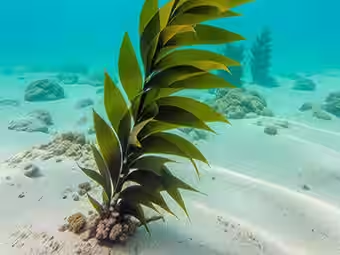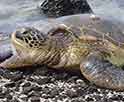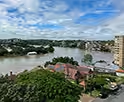Seaweed: The Natural Hope Against Ocean Microplastics
How Seaweed Degrades Microplastics and Cleans the Sea
Reading time : 1 minute,
Discovery Chepe Id-804-ECO
Published in
09-05-2025

Witness the beauty and potential of seaweed in our ocean. Beyond their vital ecological role, some species are being studied for their astonishing ability to contribute to microplastic degradation, offering natural hope for cleaning our seas. Nature shows us the way to a cleaner future!
In recent years, scientists have discovered that certain seaweeds have a surprising ability: they can contribute to the degradation of microplastics in the seas. This finding not only opens a new path to address one of the biggest global pollution problems but also raises questions about practical applications, the species involved, and future challenges.
Species with potential
Among the algae identified are species of the Ulva genus, commonly known as sea lettuce, and red algae such as Gracilaria. These organisms produce enzymes and biological processes capable of breaking down plastic compounds into simpler particles, significantly reducing their persistence in marine ecosystems.
The discovery
Recent studies published in scientific journals and supported by European and Asian universities have documented the interaction of these algae with microplastics. The process occurs when enzymes secreted by marine organisms begin to weaken the chemical structure of plastic, eventually breaking down polymers into less harmful compounds.
More details at Scientific American.

Marine Bioremediation: The Power of Algae Against Plastic Pollution
The degradation process
1- Seaweeds release specific enzymes during their metabolism.
2- These enzymes attack the microplastic surface, generating cracks.
3- Polymers start to break down into simpler molecules.
4- Finally, marine bacteria can finish the process, transforming residues into biodegradable organic compounds.
Expectations and challenges
The potential of these seaweeds is enormous, but there are challenges:
a) Scaling the process in natural environments and on a large scale.
b) Assessing ecological safety to avoid imbalances.
c) Funding research projects to enable global application.
A developing outlook
Although we are still far from seeing algae as a definitive solution against plastic pollution, ongoing studies offer a realistic alternative. If progress continues, seaweeds could become a natural ally to reduce the impact of microplastics and help restore the ocean's fragile balance.
See Also
Discovery Chepe
Most read...















